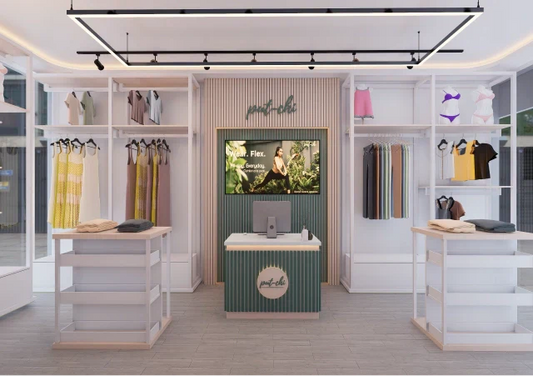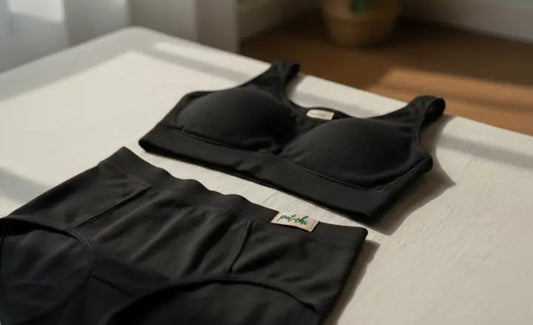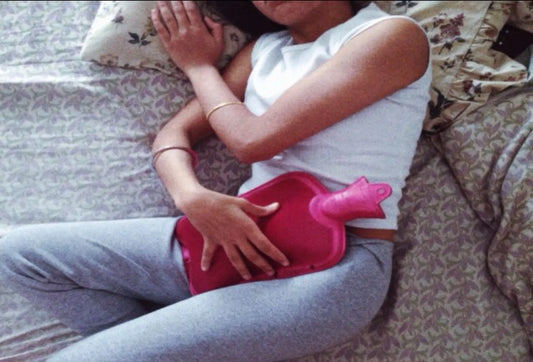
Is Breastfeeding in Public Still Considered a Taboo?
Despite being a natural and essential part of parenting, many mothers often find themselves hesitant to breastfeed in public. This hesitation can stem from societal attitudes, lack of support, or simply the fear of judgment. In this blog, we'll delve into what stops mothers from breastfeeding in public, explore the legality of the practice, and offer practical tips to make it easier.
What Stops Mothers from Breastfeeding in Public?
The reluctance of mothers to breastfeed in public is influenced by a complex mix of societal, cultural, and personal factors. Here’s a more detailed look into these elements:
Societal and Cultural Norms
In many societies, there is a dichotomy where breastfeeding is acknowledged as the best nutritional start for infants yet is not wholly accepted as a public activity. This paradox creates a societal environment where mothers may receive mixed signals about the appropriateness of breastfeeding in public. For instance, in some cultures, the exposure of skin and the breast during feeding is seen as inappropriate or indecent. This perception can make breastfeeding in public a stressful experience for mothers who are sensitive to the opinions of others around them.
Legal and Institutional Barriers
Even in places where it is legally protected, the lack of enforcement or public awareness about these laws can contribute to mothers feeling vulnerable when breastfeeding in public. Inadequate support in terms of public facilities, like designated nursing rooms in public buildings or workplaces, also adds to the difficulty, forcing mothers to choose between breastfeeding in potentially uncomfortable public settings or not breastfeeding at all when outside the home.
Psychological Factors
For new mothers, particularly those experiencing breastfeeding for the first time, the act itself can be challenging and require a level of comfort and privacy that they feel is not possible in public spaces. Anxiety about performing correctly, along with the fear of judgment if the child fusses or cries, can exacerbate feelings of discomfort.
Lack of Support
A significant barrier is also the direct or indirect feedback from people around, including negative comments or disapproving looks from strangers. Such experiences can profoundly affect a mother's comfort and willingness to breastfeed in public. Moreover, the overall lack of public discussion and education about breastfeeding benefits and norms means fewer societal cues supporting breastfeeding as a normal, public activity.
Media Influence
Media portrayals of breastfeeding can also shape public perception. Often, media either sexualizes the breast or promotes formula feeding, which can skew public understanding and acceptance of breastfeeding, particularly in public settings. Without positive media reinforcement, breastfeeding in public remains a contentious issue.
Economic and Social Pressure
Mothers who need to return to work soon after childbirth might find it difficult to establish and maintain regular breastfeeding, especially if their workplace lacks the facilities for breastfeeding or milk expression. This can lead to early weaning or reliance on formula, diminishing public breastfeeding occurrences and perpetuating its rarity in public consciousness.
Is Breastfeeding in Public Legal in India?
Yes, breastfeeding in public is legal in India. There is no law prohibiting women from breastfeeding in public places, and it is generally accepted as a necessary and natural act. Indian culture traditionally supports breastfeeding, viewing it as essential for the child's health. While there may be social stigmas or discomfort in certain areas or among some people, legally, mothers are entitled to breastfeed their children wherever they need to.
Additionally, efforts have been made in various parts of India to improve facilities for breastfeeding mothers in public places, such as airports and shopping malls, providing designated nursing rooms to offer privacy and comfort.
How to Make Breastfeeding in Public Easier
Breastfeeding in public can be made more manageable with a few practical tips:
- Use the Right Gear: Investing in nursing covers or clothes designed for breastfeeding can provide privacy and ease.
- Scout for Nursing-Friendly Locations: Many public places now offer nursing rooms or designated areas that provide comfort and privacy.
- Practice at Home: Try breastfeeding in front of a mirror or with family members around to gain confidence.
- Know Your Rights: Being aware of the laws that protect breastfeeding in public can empower you to respond to any negative interactions.
How to Create a Supportive Public Breastfeeding Environment
Creating a comfortable public breastfeeding space is a collective effort that involves thoughtful design, community support, and societal awareness. Here’s a guide on how society can come together to make these spaces welcoming and functional for nursing mothers
Promote Community Awareness
Educate the community about the importance of breastfeeding and the need for supportive spaces through workshops, public service announcements, and social media campaigns. Normalize breastfeeding in public to reduce stigma and empower mothers to breastfeed confidently wherever they go.
Engage Stakeholders in Design
Involve a variety of stakeholders in the design process, including breastfeeding mothers, lactation consultants, and child health professionals. Their insights can ensure that the spaces meet practical needs and are genuinely useful.
Ensure Accessibility
Make sure breastfeeding spaces are accessible to everyone, including those with disabilities. This includes easy access for strollers, adequate room for maneuvering, and compliance with all relevant accessibility standards.
Provide Comfort and Privacy
Furnish spaces with comfortable seating that supports various breastfeeding positions. Offer options for privacy, such as curtains or screens, for those who prefer it, while also considering those who don’t mind more openness.
Maintain Cleanliness and Hygiene
By keeping breastfeeding areas clean and sanitary, we can ensure a healthy environment for both mothers and babies. Regular cleaning, availability of hand sanitizers, and access to clean water are essential.
Include Essential Amenities
By equipping breastfeeding spaces with necessary amenities such as power outlets for pumps, adequate lighting, temperature control, and surfaces for changing diapers we can help reduce stress for both the mother and the baby.
Solicit Feedback and Improve
Regularly ask for feedback from users of the space to find out what works and what doesn’t. Be open to making changes based on the suggestions received to continually improve the quality and functionality of the space.
Employer Support for Breastfeeding
For working mothers, employer support is crucial. Companies can aid breastfeeding employees by providing facilities such as private pumping rooms and flexible break times. This supports the health and well-being of the mother and child and also promotes a family-friendly workplace culture.
Legislative Support
Advocate for laws and regulations that support breastfeeding in public spaces and protect mothers from discrimination. Such legal backing can greatly enhance the effectiveness of efforts to provide comfortable breastfeeding spaces.
By taking these steps, society can contribute significantly to creating public environments that respect and facilitate breastfeeding, thereby supporting the health and well-being of both mothers and their babies.
A Call to Normalize Breastfeeding in Public
Breastfeeding in public should be recognized and respected as a mother's right to care for her child. Society’s role should be to support and protect this right, not to create barriers. By promoting positive attitudes towards breastfeeding and providing the necessary support, we can help normalize this natural aspect of motherhood, ensuring that no mother has to feel anxious or isolated when feeding her child in public.








